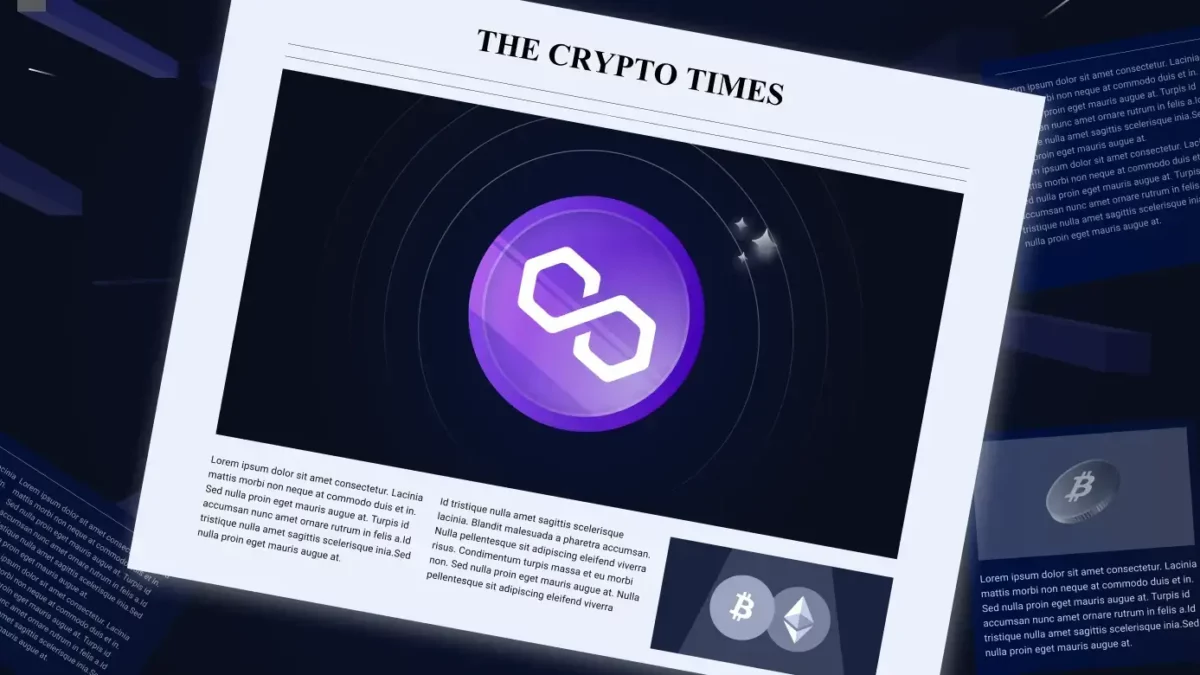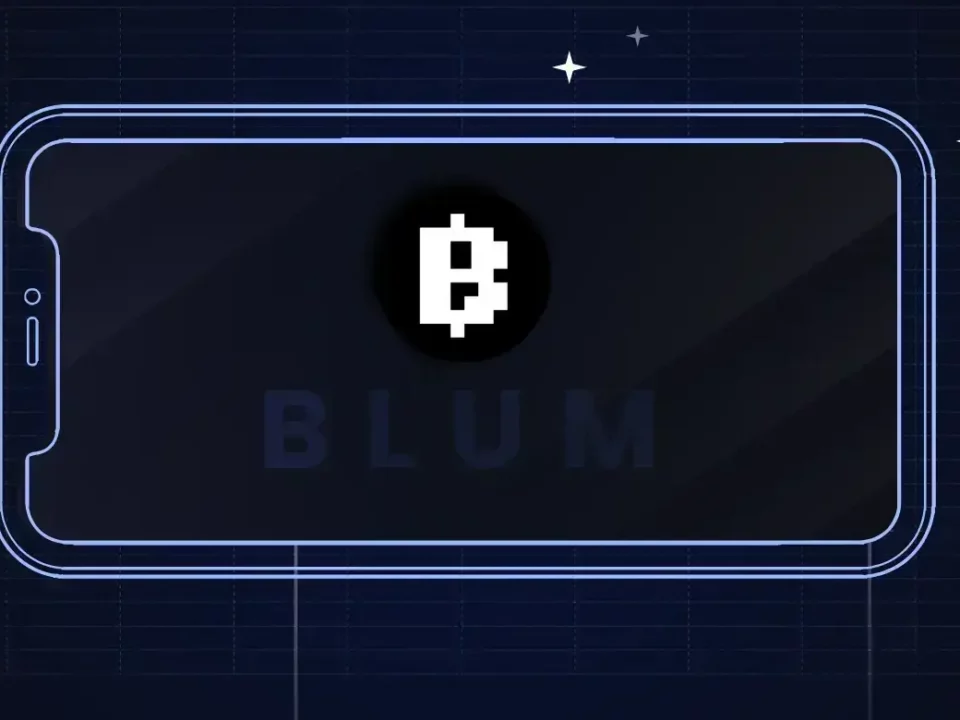Table of Contents
ToggleIntroduction
Polygon Labs, a leading developer in the Ethereum layer-2 space, has initiated its journey towards the Polygon 2.0 ecosystem with the introduction of three significant improvement proposals. These proposals mark a pivotal moment in Polygon’s vision of creating an interconnected Ethereum layer-2 ecosystem driven by zero-knowledge cryptography, which they introduced in June 2023.
1/ Today, we are excited to propose the Polygon 2.0 architecture, designed to provide unlimited scalability and unified liquidity, thus transforming Polygon into the Value Layer of the Internet!
Read the blog 👇🏽 or keep scrolling 🧵https://t.co/sShy6R1E6R pic.twitter.com/BTdwkri4nI
— Polygon (Labs) (@0xPolygonLabs) June 29, 2023
This initiative aims to construct a multifaceted scaling ecosystem comprising four protocol layers:
- staking
- interop
- execution
- proving layers.
Together, they create a network of interconnected chains designed for rapid value transfer and information sharing within the Ethereum ecosystem. Sandeep Nailwal, the co-founder of Polygon, provided insights into the ecosystem’s mission, highlighting its goal to serve as the value layer for the internet. This vision hinges on the implementation of zero-knowledge (ZK) technology, offering high-throughput, low-fee performance to benefit the broader Ethereum community.
1/ The wait is over. Polygon 2.0 implementation kicks off now with the release of 3 Polygon Improvement Proposals (PIPs), and a roadmap for Phase 0.https://t.co/gk7FW0zCpc pic.twitter.com/YJo3BtQy4y
— Polygon (Labs) (@0xPolygonLabs) September 14, 2023
Know All About What is Polygon zkEVM?
What did Polygon propose?
On September 14th, Polygon Labs introduced three Polygon Improvement Proposals (PIPs) for community deliberation and voting. These proposals lay the foundation for “Phase 0” of Polygon’s plan to establish a network of interconnected ZK-powered layer-2 chains dedicated to scaling Ethereum.
PIP-17 encompasses the transition from MATIC to POL tokens, which will serve as the native gas and staking tokens for the Polygon ecosystem. This proposal also includes the launch of the staking layer and the migration of Polygon’s public chains.
PIP-18 provides a technical overview of POL tokens and the associated contracts responsible for emissions and token migrations. Existing MATIC tokens can be converted to POL tokens at a 1:1 ratio. This proposal outlines an initial supply of 10 billion POL tokens, with a yearly emission rate of 2%, evenly distributed among validator staking rewards and a community treasury.
Lastly, PIP-19 proposes the transition of the native gas token on Polygon PoS from MATIC to POL. Importantly, this change maintains maximum backward compatibility, ensuring a seamless transition for the ecosystem.
4/
1. Initiation of MATIC to POL upgrade
2. POL becoming the native (gas) token for PoS
3. POL becoming the staking token for PoS
4. Launch of the Staking Layer, enabling validators to secure a myriad of chains in the Polygon 2.0 ecosystem pic.twitter.com/RE71n7dkT0— Polygon (Labs) (@0xPolygonLabs) September 14, 2023
Read More: Polygon Price Prediction
Conclusion:
Polygon Labs’ introduction of these pivotal improvement proposals signifies a significant step towards realizing the Polygon 2.0 ecosystem’s potential. By embracing zero-knowledge cryptography and implementing innovative solutions, Polygon aims to provide enhanced scalability and performance within the Ethereum network. As outlined in the proposals, the transition from MATIC to POL tokens represents a crucial element of this transformation.
Source: Cointelegraph
Related posts
Bitcoin Price Hits New All-Time High Following Fed’s 25-Basis-Point Rate Cut
Fed’s interest rate cut spurs crypto momentum, boosting Bitcoin and Ethereum prices.
Read more
Blum Secures Major Investment from TOP to Strengthen DeFi Presence in TON Ecosystem
TOP’s backing aims to accelerate Blum’s multi-blockchain expansion.
Read more


